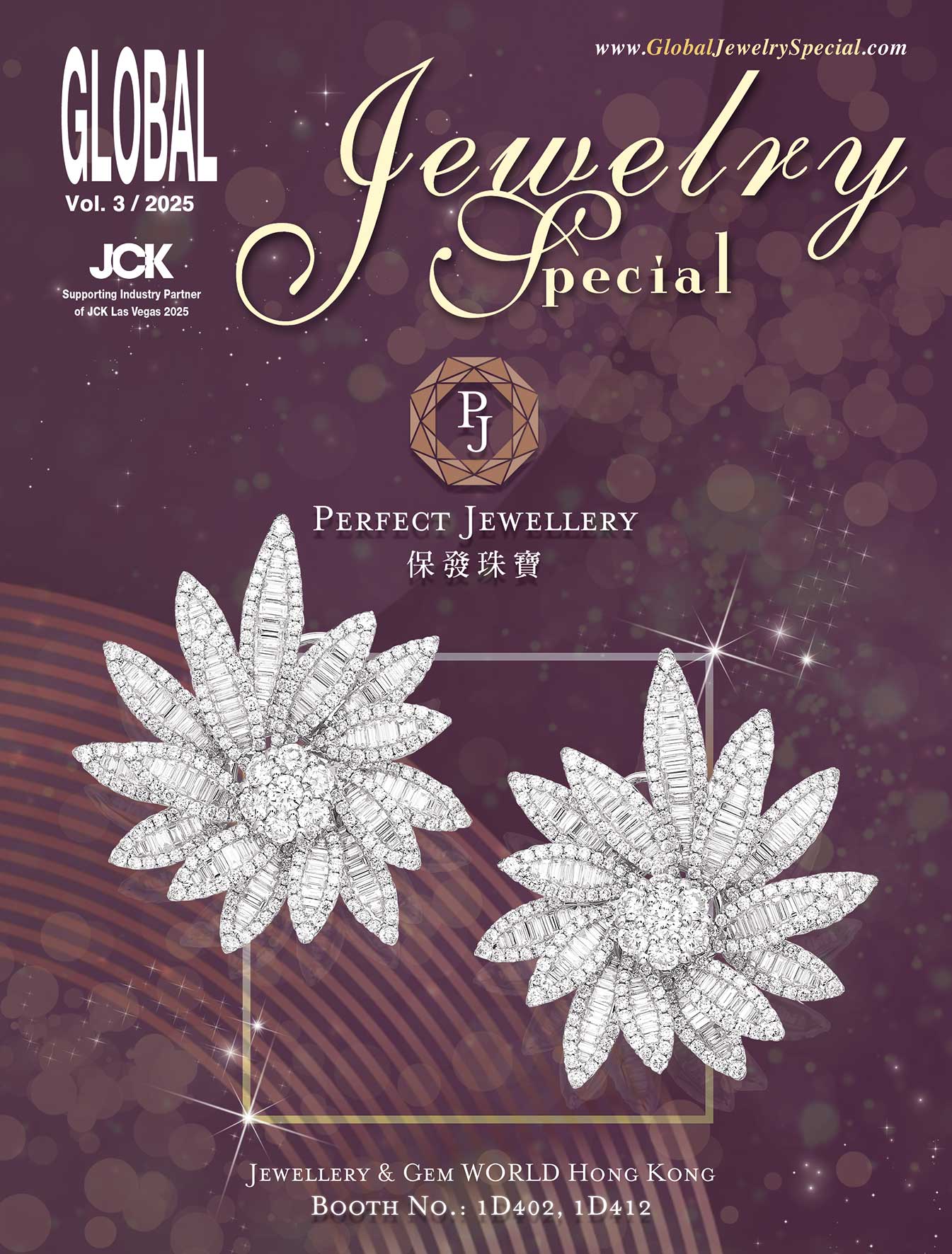
Categories
Market News
China Gold Demand Trends in Q3 2021
Nov 2021
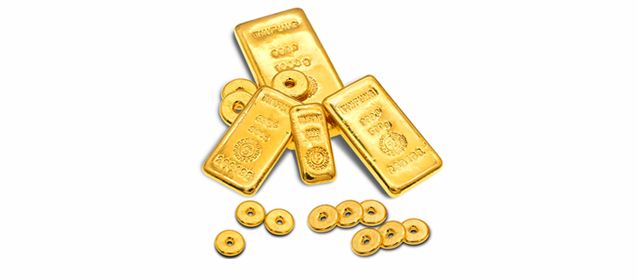
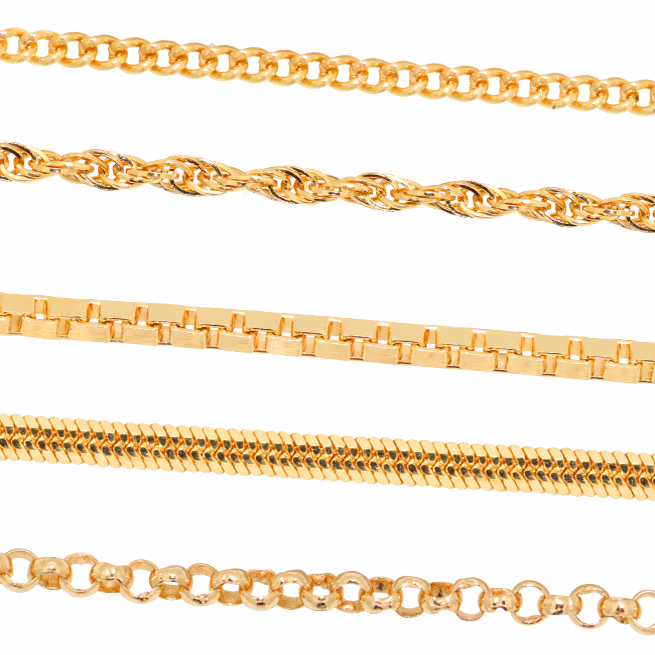
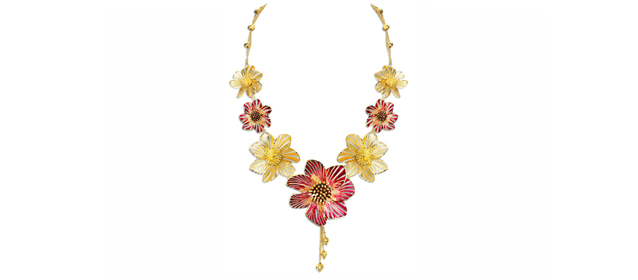

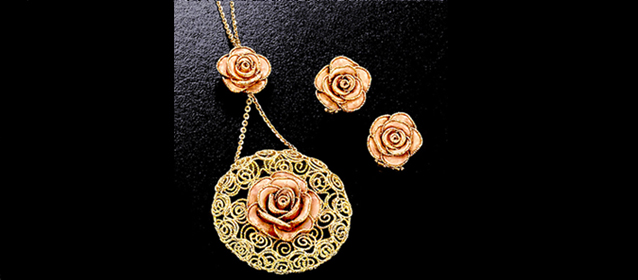
Global demand for gold jewelry performed well against the backdrop of the ongoing global economic recovery: the market rebounded 33% year-on-year to 443 tonnes in the third quarter. Global investment in gold bars and coins increased by 18% year-on-year to 262 tonnes. Many investors took advantage of the significant pullback in gold prices in August to buy lower.
China's Gold Consumption Rises Across the Board
World Gold Council China CEO Wang Lixin said that since the third quarter, domestic gold consumption in China has continued to recover in the first half of the year, achieving faster year-on-year growth. Driven by the policy of promoting consumption and the July Fourth and Mid-Autumn Festival, gold jewelry consumption has been recovering rapidly, and the performance of antique gold jewelry remains outstanding.
The demand for gold jewelry recovered to the pre-epidemic level, mainly due to the lower gold price and the emergence of new products. At the same time, the adjustment in gold prices stimulated gold jewelry consumption and boosted strong demand for gold bars and coins. Specifically, China's gold jewelry demand reached 157 tons in the third quarter of this year, up 32% year-over-year and 7% year-over-year. Firstly, the relatively low gold price in the quarter boosted the consumption of gold jewelry to a certain extent. Secondly, against the backdrop of strict epidemic control and multiple outbreaks in China, domestic consumers' reallocation of travel budgets also supported gold jewelry consumption to a certain extent. According to the data of Leadleo, the market size of China's gold jewelry industry will show a fluctuating upward trend, and it is estimated that the market size of gold jewelry in China will reach RMB 261.8 billion in 2023.
Chinese Millennials Take a Shine to Gold
Modern simplicity is out, and tradition is back for many affluent young Chinese buyers when it comes to jewelry. With younger gold consumers on the rise in 2021, there is a continual stream of new product developments and design trends to keep young customers refreshed. The situation was somewhat different in 2016 when the World Gold Council released its report on China's Gold Jewelry Consumption Trends, which revealed that only 16% of Chinese women aged 18 to 24 were keen to buy gold. Young people under the age of 30 made up a large percentage of those queuing to try gold jewelry in shopping malls this year, in contrast to prior years. Shopping for gold jewelry, watching the gold jewelry eCommerce live streaming, and "gold hoarding" has become a popular activity among millennials.
The efforts of gold jewelry brands to get the attention of young people are also evident to all. In the past, gold was only labeled as 18-carat gold or 24-carat gold, but nowadays, new terms such as 5G gold, antique gold, and enamel gold are constantly refreshing consumers' awareness, and new technology is also gaining popularity among consumers. 5G gold is lighter and shinier than traditional gold and can be made into a variety of shapes; ancient techniques such as waxing, hobbing, hammering, filigree, chasing, inlaying, and gilding are used to create a sense of "premium quality"; and enameling is the equivalent of adding several layers of color to gold, making the monotonous gold more colorful and satisfying different consumer needs. Some of the traditional gold brands have changed their "zodiac" and "lucky bead" designs to co-brand with super IPs such as Disney, Doraemon, Rabbitsky, and Harry Potter in order to promote a young and stylish brand image.
Millenials are attached to the glitter of ancient gold
Sales of gold bracelets, pendants, earrings and necklaces that draw on dragons, phoenixes, peonies and other traditional Chinese patterns and symbols are flying among consumers, especially those in their 20s and 30s, helping drive a rebound in gold demand in the country after a pandemic-induced slump.
China's Gold Consumption Rises Across the Board
World Gold Council China CEO Wang Lixin said that since the third quarter, domestic gold consumption in China has continued to recover in the first half of the year, achieving faster year-on-year growth. Driven by the policy of promoting consumption and the July Fourth and Mid-Autumn Festival, gold jewelry consumption has been recovering rapidly, and the performance of antique gold jewelry remains outstanding.
The demand for gold jewelry recovered to the pre-epidemic level, mainly due to the lower gold price and the emergence of new products. At the same time, the adjustment in gold prices stimulated gold jewelry consumption and boosted strong demand for gold bars and coins. Specifically, China's gold jewelry demand reached 157 tons in the third quarter of this year, up 32% year-over-year and 7% year-over-year. Firstly, the relatively low gold price in the quarter boosted the consumption of gold jewelry to a certain extent. Secondly, against the backdrop of strict epidemic control and multiple outbreaks in China, domestic consumers' reallocation of travel budgets also supported gold jewelry consumption to a certain extent. According to the data of Leadleo, the market size of China's gold jewelry industry will show a fluctuating upward trend, and it is estimated that the market size of gold jewelry in China will reach RMB 261.8 billion in 2023.
Chinese Millennials Take a Shine to Gold
Modern simplicity is out, and tradition is back for many affluent young Chinese buyers when it comes to jewelry. With younger gold consumers on the rise in 2021, there is a continual stream of new product developments and design trends to keep young customers refreshed. The situation was somewhat different in 2016 when the World Gold Council released its report on China's Gold Jewelry Consumption Trends, which revealed that only 16% of Chinese women aged 18 to 24 were keen to buy gold. Young people under the age of 30 made up a large percentage of those queuing to try gold jewelry in shopping malls this year, in contrast to prior years. Shopping for gold jewelry, watching the gold jewelry eCommerce live streaming, and "gold hoarding" has become a popular activity among millennials.
The efforts of gold jewelry brands to get the attention of young people are also evident to all. In the past, gold was only labeled as 18-carat gold or 24-carat gold, but nowadays, new terms such as 5G gold, antique gold, and enamel gold are constantly refreshing consumers' awareness, and new technology is also gaining popularity among consumers. 5G gold is lighter and shinier than traditional gold and can be made into a variety of shapes; ancient techniques such as waxing, hobbing, hammering, filigree, chasing, inlaying, and gilding are used to create a sense of "premium quality"; and enameling is the equivalent of adding several layers of color to gold, making the monotonous gold more colorful and satisfying different consumer needs. Some of the traditional gold brands have changed their "zodiac" and "lucky bead" designs to co-brand with super IPs such as Disney, Doraemon, Rabbitsky, and Harry Potter in order to promote a young and stylish brand image.
Millenials are attached to the glitter of ancient gold
Sales of gold bracelets, pendants, earrings and necklaces that draw on dragons, phoenixes, peonies and other traditional Chinese patterns and symbols are flying among consumers, especially those in their 20s and 30s, helping drive a rebound in gold demand in the country after a pandemic-induced slump.
More Market News
 Rolex Daytona Zenith: a safe-haven asset not to be underestimated
Rolex Daytona Zenith: a safe-haven asset not to be underestimated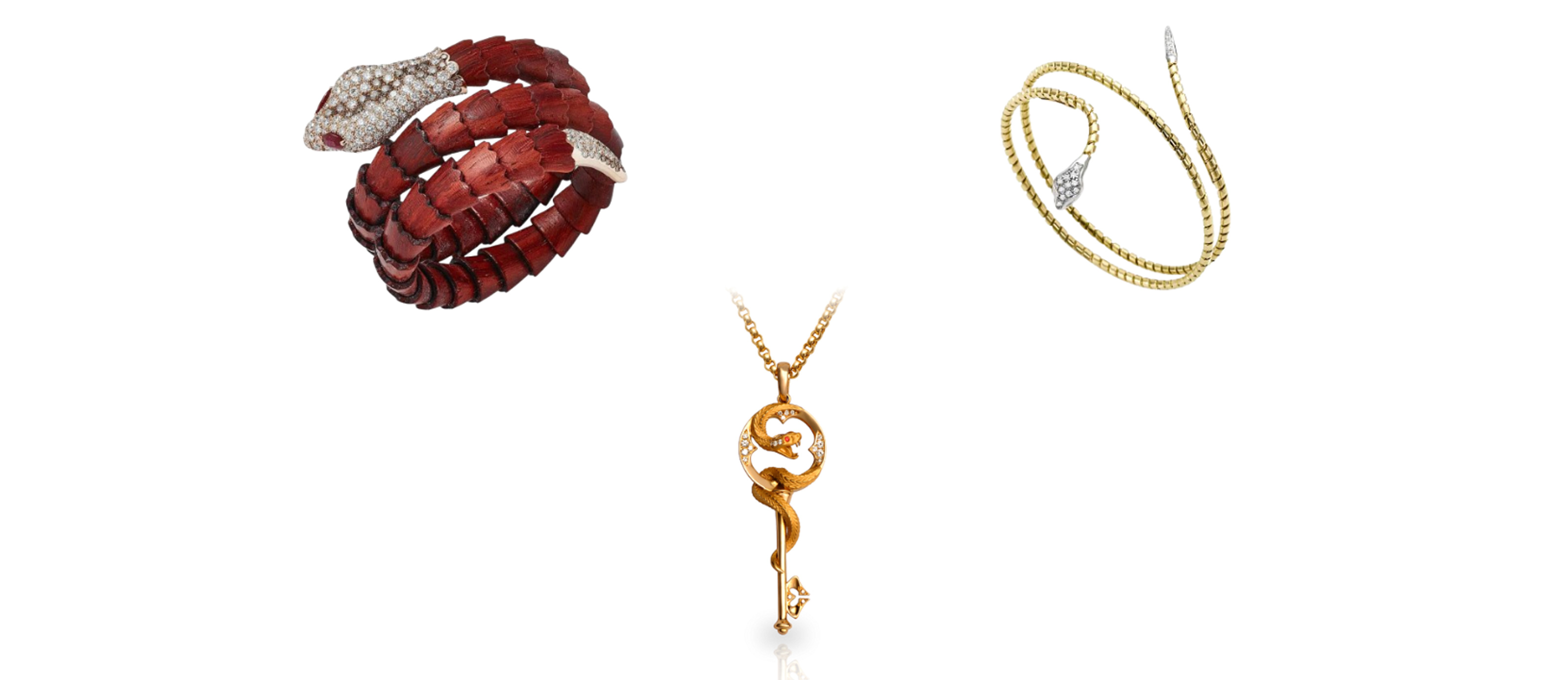 Jewels celebrating the Year of the Snake
Jewels celebrating the Year of the Snake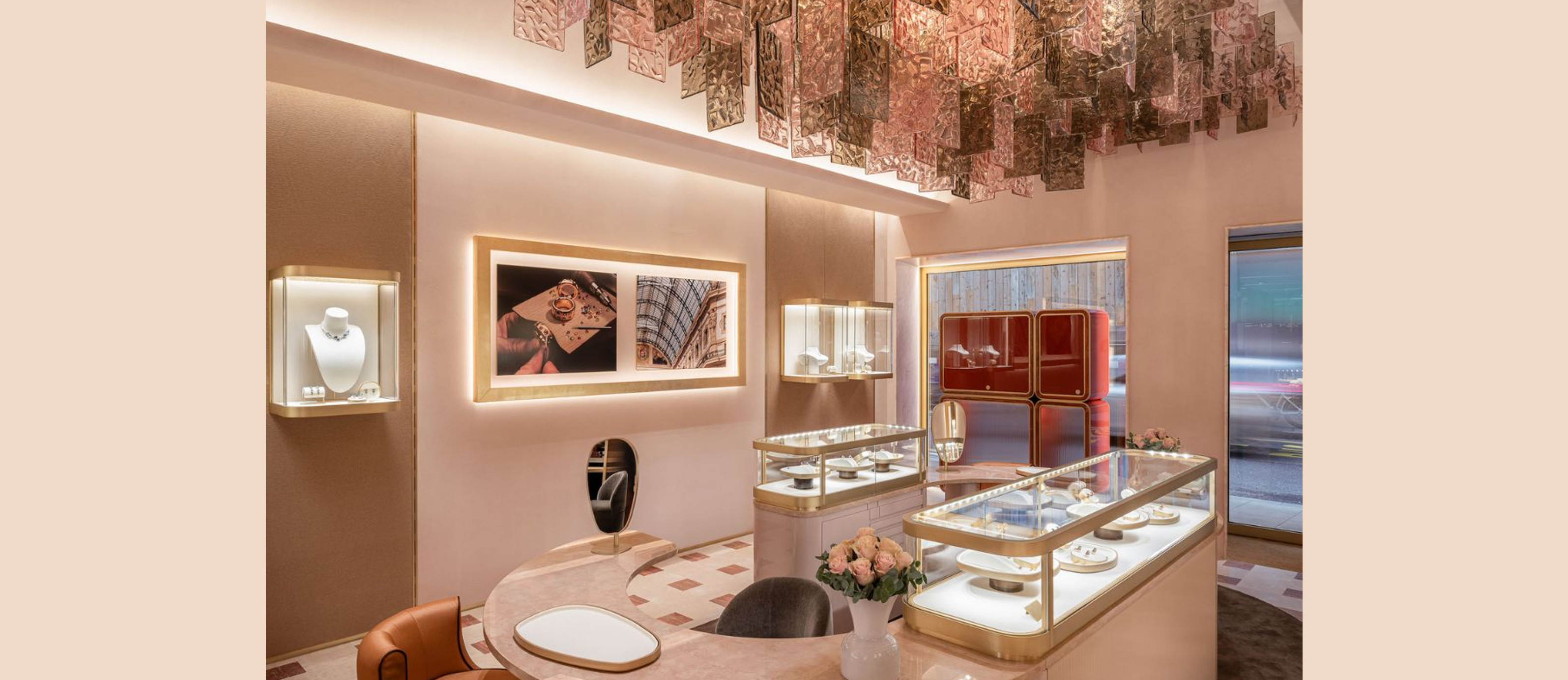 Pomellato in Geneva: a new address for sustainable luxury
Pomellato in Geneva: a new address for sustainable luxury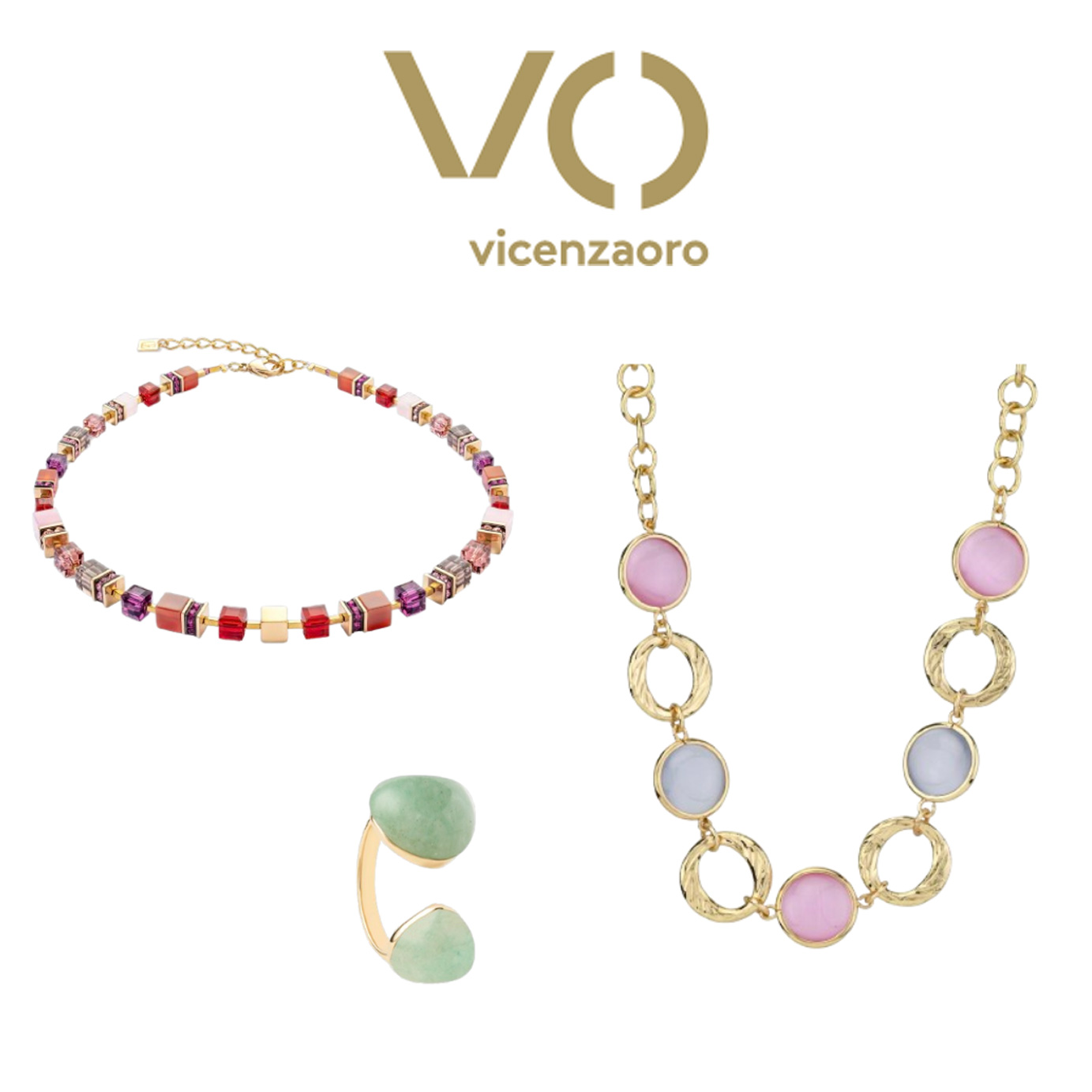 Crystals: The New Must-Have for Everyday Elegance
Crystals: The New Must-Have for Everyday EleganceChoosing the Perfect Gold Piece for Your Special Moment
Tahitian Pearl Reunion Night
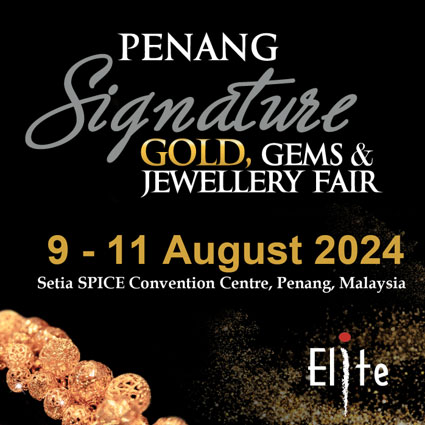 Penang Signature Gold, Gems, & Jewellery (PSG) Fair 2024 Sets Stage for Innovation and Excellence in the Gold Industry
Penang Signature Gold, Gems, & Jewellery (PSG) Fair 2024 Sets Stage for Innovation and Excellence in the Gold Industry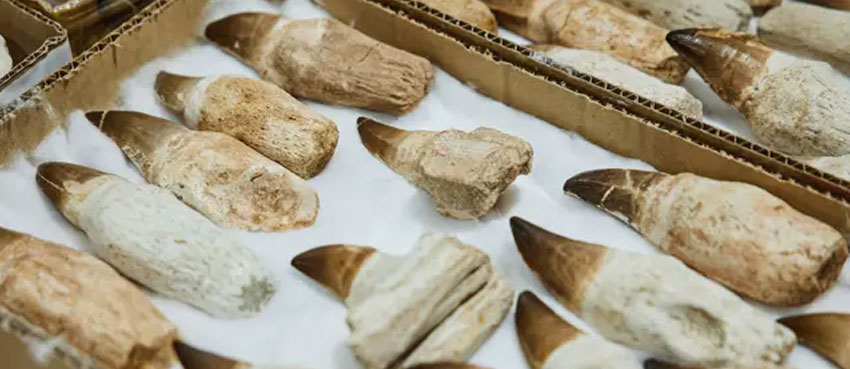 Minerals and Fossils Wholesale The Munich Show as a Sourcing Platform
Minerals and Fossils Wholesale The Munich Show as a Sourcing Platform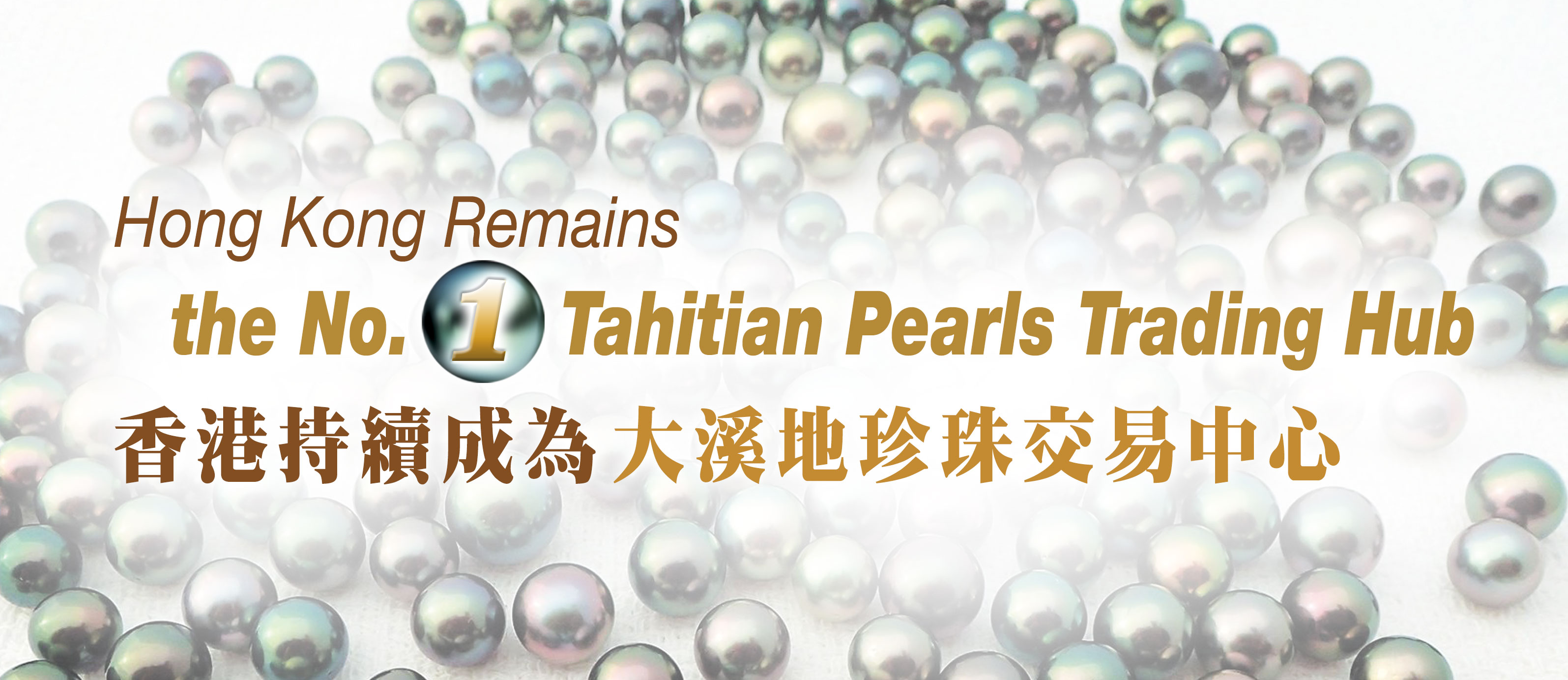 Hong Kong Remains the No.1 Tahitian Pearls Trading Hub
Hong Kong Remains the No.1 Tahitian Pearls Trading Hub Tahitian Pearl Association Hong Kong x Wheelock Lounge • Pearlfection Moment
Tahitian Pearl Association Hong Kong x Wheelock Lounge • Pearlfection Moment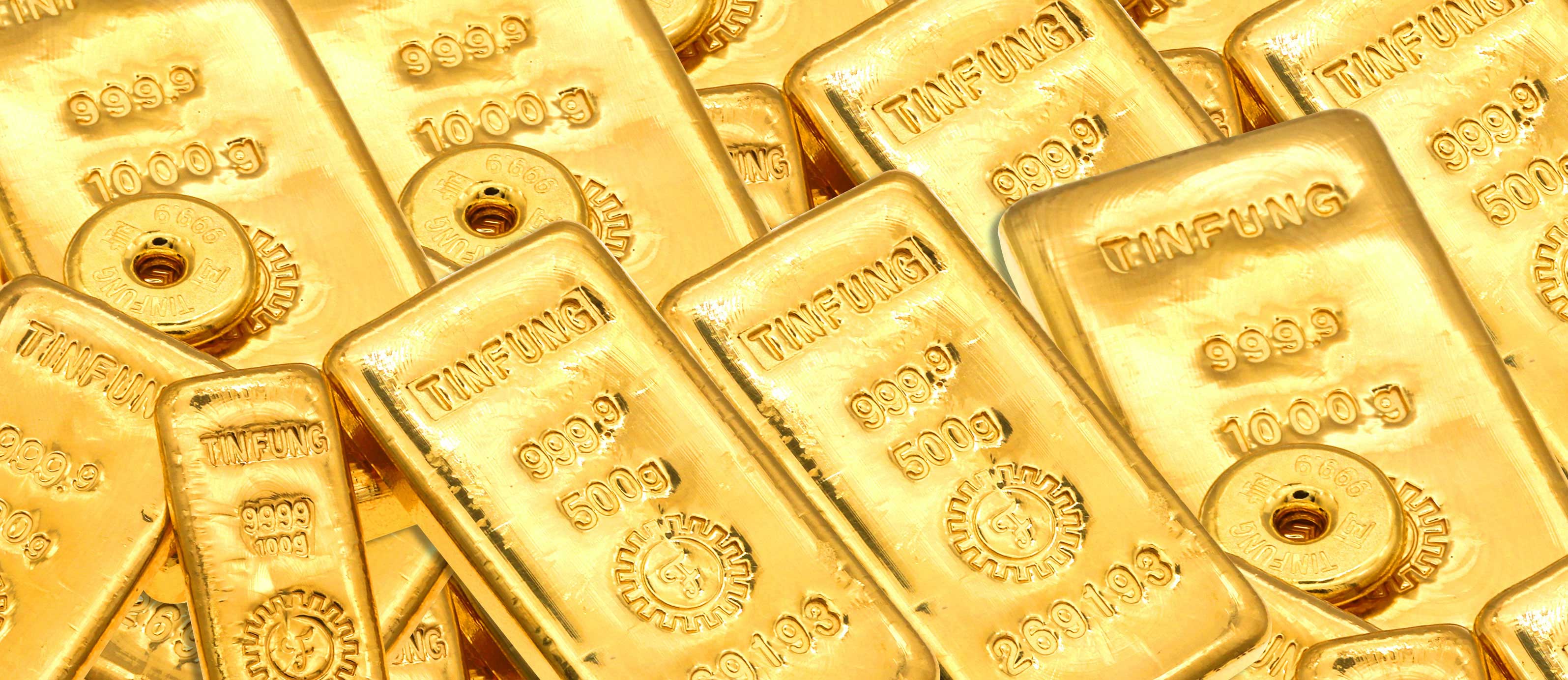 The overview of the global gold market
The overview of the global gold market

